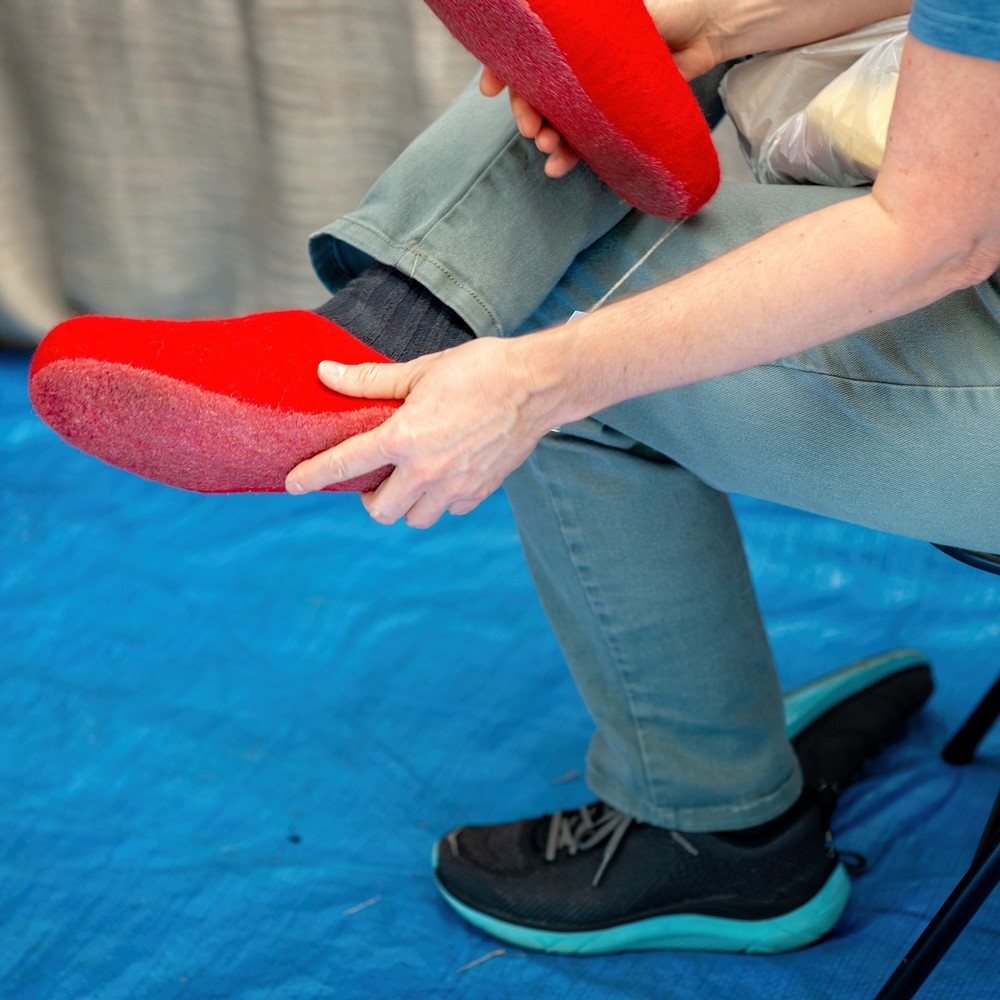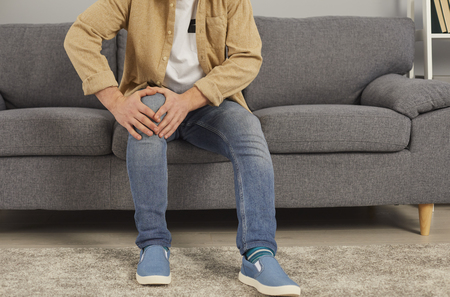What are Orthotics?
Orthotics! Have you heard this word before? Did your doctor advise you to use some orthopedic instruments? But what is it?! Orthotics refer to shoe inserts that are customized for each person and they help to correct an abnormal or irregular walking pattern. Orthotics used to treat various conditions of the foot and ankle. They are effective in relieving pain. What are the uses of orthotics? By adjusting the angles at which your feet touch the ground, orthotic devices make standing, walking, and running more comfortable. The orthotics in your shoes may help absorb shock, improve balance, and relieve pressure on painful areas. Therefore, the doctor may recommend the use of orthoses for many reasons, including: You can also use orthotics if you suffer from fatigue and pain in the legs, thighs, and lower back caused by abnormal foot mechanics or slight differences in the length of the legs. Are custom-made devices better? Although custom-made orthoses are much more expensive than ready-made ones, they last longer and provide more support or correction. Ready-made devices are affordable, but they are not suitable for everyone. Unsuitable devices can harm your feet health. However, in some cases, you can use an over-the-counter device such as those found in pharmacies. So yes, the custom-made orthotics are worth it, if your doctor prescribed them. How is it made? In the past, plaster molds specifically for the foot were used to make the appropriate orthotic device. Now we use modern and computerized techniques such as those found in Health and Style Medical Center to design more accurate orthodontic devices. Should I use them? Anyone can use orthopedic devices. Orthotic devices may help if you notice some symptoms such as:
What are Orthotics? Read More »












